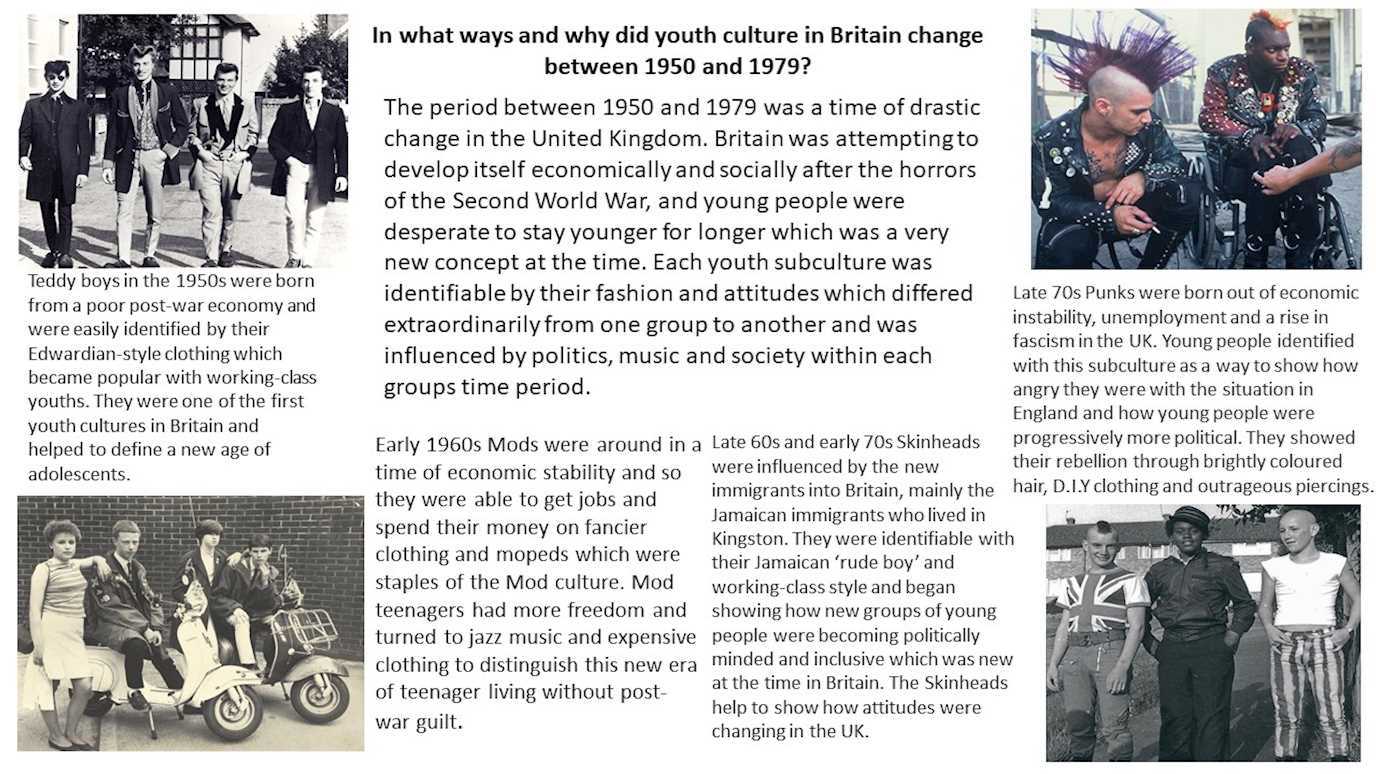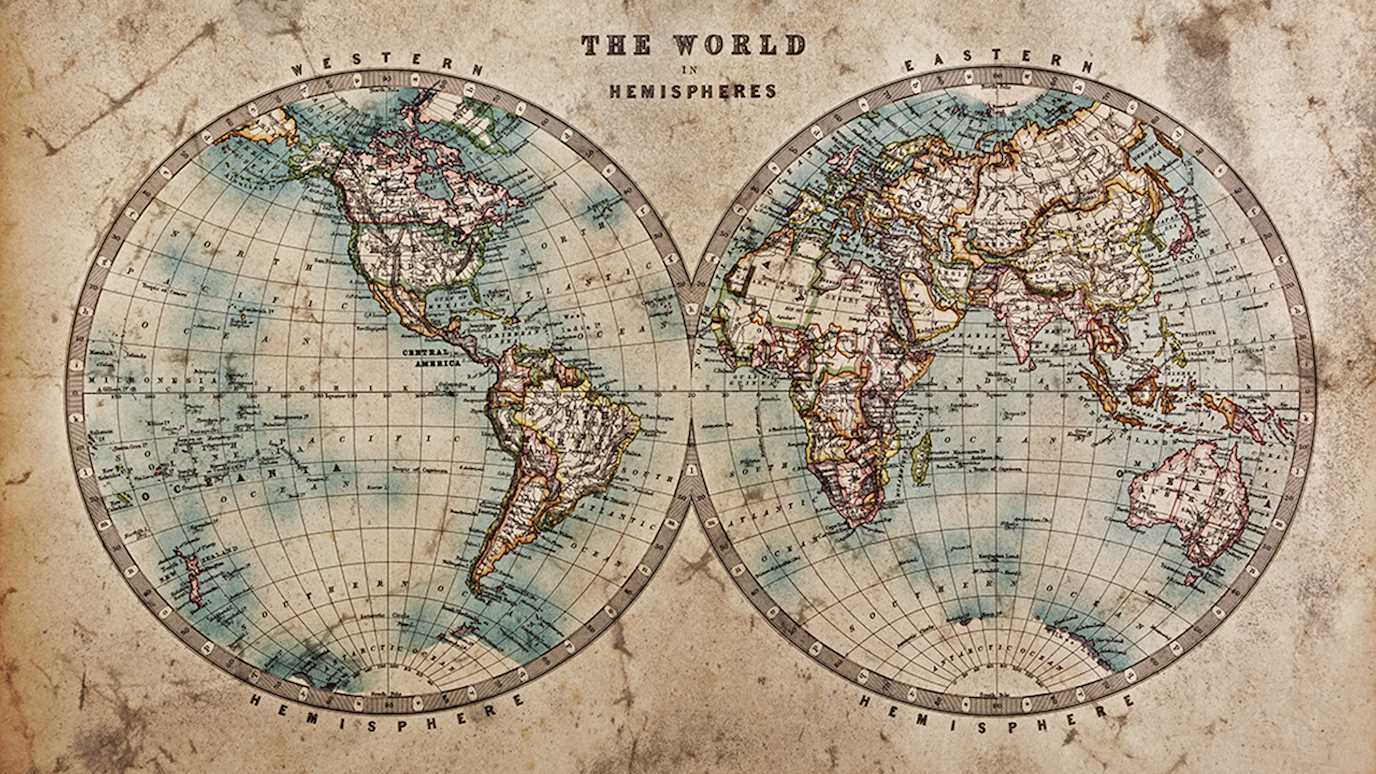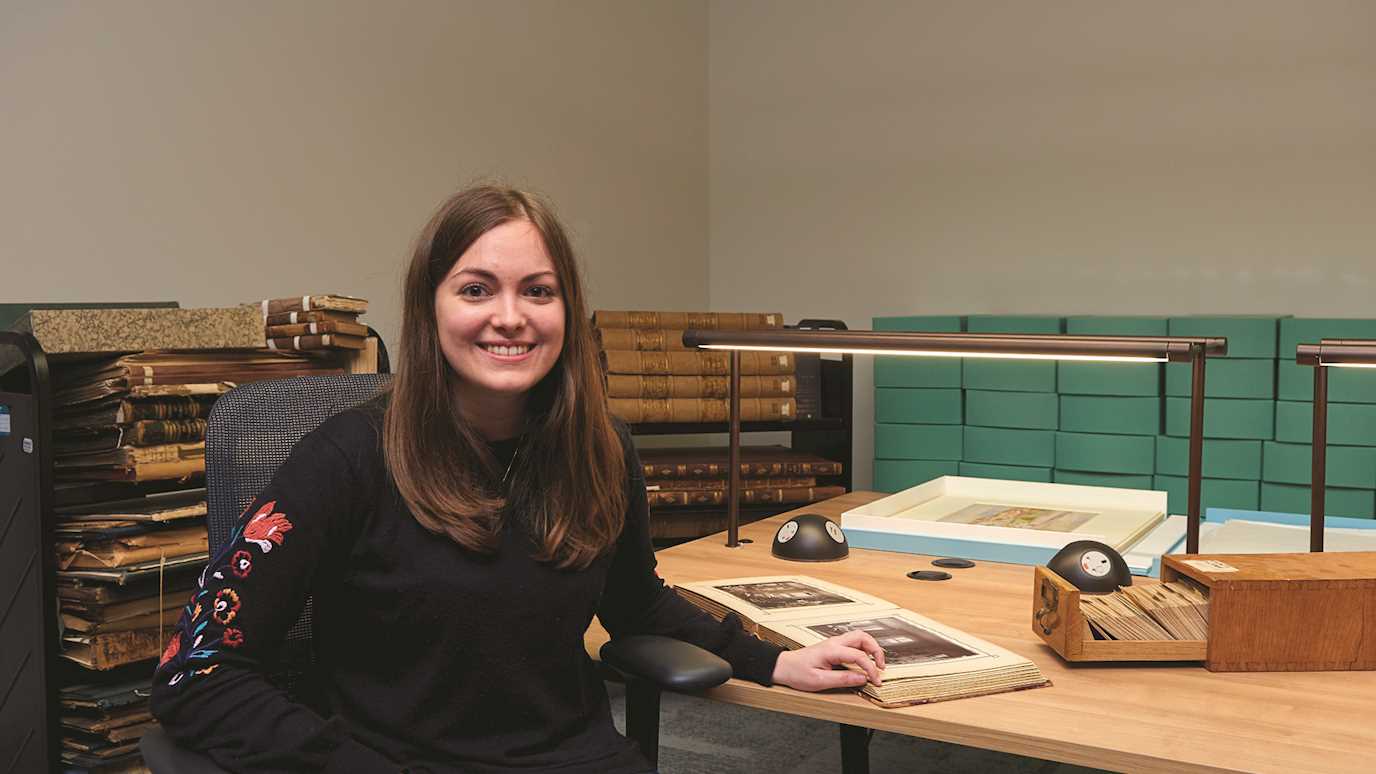In what ways and why did youth culture in Britain change between 1950 and 1979?
The period between 1950 and 1979 was a time of drastic change in the United Kingdom. Britain was attempting to develop itself economically and socially after the horrors of the Second World War. Young people were on the come-up and desperate to stay younger for longer which was a very new concept at the time as there was not much time to be young pre-World War Two due to instability and lack of money. Each youth subculture was identifiable by their fashion and attitudes which differed extraordinarily from one group to another.
Teddy boys in the 1950s were born from a poor post-war economy and were easily identified by their Edwardian-style clothing which became popular with working-class youths. They were one of the first youth cultures in Britain and helped to define a new age of adolescents. Their desire to stay younger for a longer period of time attracted youths in Britain and brought about the change in attitude to young people and how they were viewed by older generations
Early 1960s Mods were around in a time of economic stability and were able to get jobs which created a disposable income and so these young people spent their money on fancier clothing and mopeds which were staples of the Mod culture. They were less aggressive than the Teddy Boys of the decade prior but held the same passion for youth. Mod teenagers had more freedom and turned to jazz music and expensive clothing to distinguish this new era of adolescents living without post-war guilt.
Late sixties and early seventies Skinheads were influenced by the new immigrants into Britain, mainly the Jamaican immigrants who lived in Kingston. They were identifiable with their Jamaican ‘rude boy’ and working-class style and began showing how new groups of young people were becoming politically minded and inclusive which was new at the time in Britain. The Skinheads help to show how attitudes were changing in the UK especially in terms of race-relations and diversity. These working-class young people identified with the struggle of the immigrant community and worked hand-in-hand with them to define the youth attitude of the late sixties and early seventies.
Late seventies Punks were born out of economic instability, unemployment and a rise in fascism in the UK. Young people identified with this subculture to show how angry they were with the situation in England and how young people were progressively more political than the generations and even the young people prior to the seventies. The Punks showed their rebellion through brightly coloured hair, D.I.Y clothing and outrageous piercings which added shock value to their important message of change and inclusivity within British society.
British youth culture has changed drastically over the years to be more inclusive and to highlight and address or even tackle political, social and economic situations within Britain. They show how young people just wanted to be free and be able to stay younger for longer and express themselves in ways that were new to older generations.

























